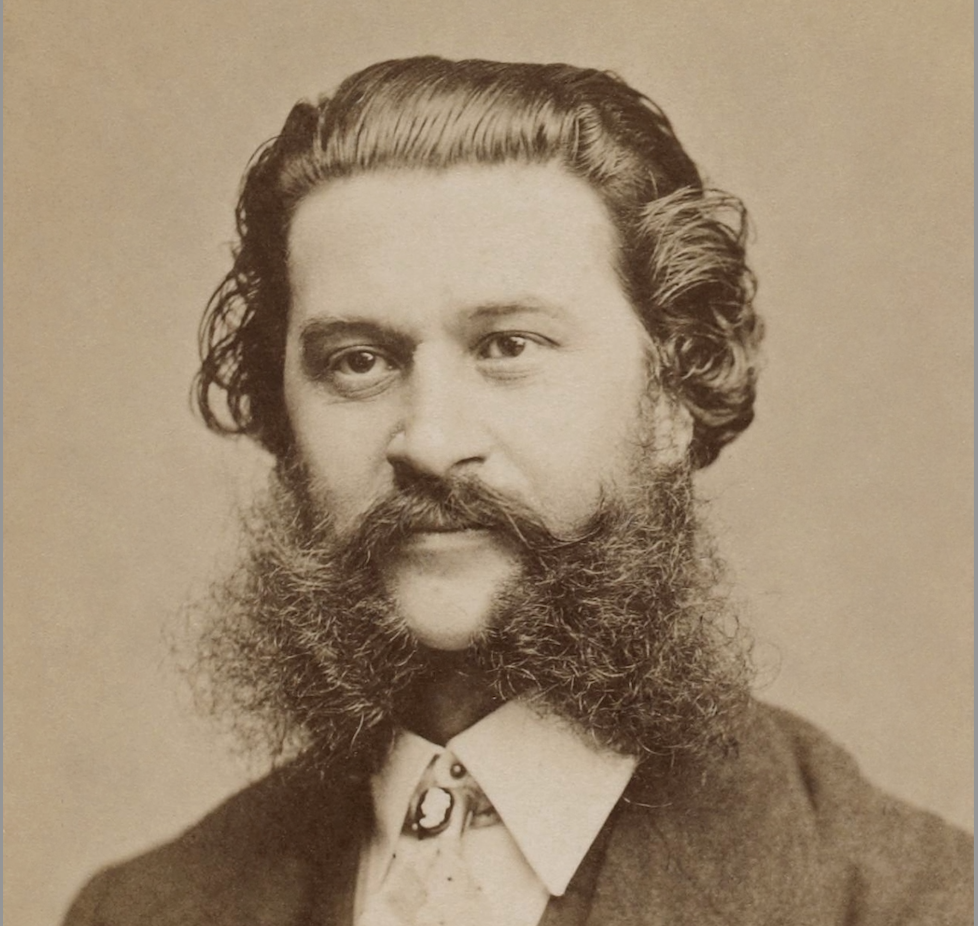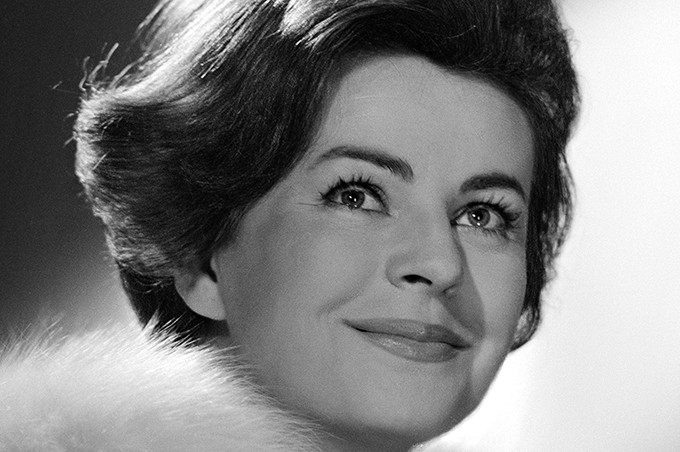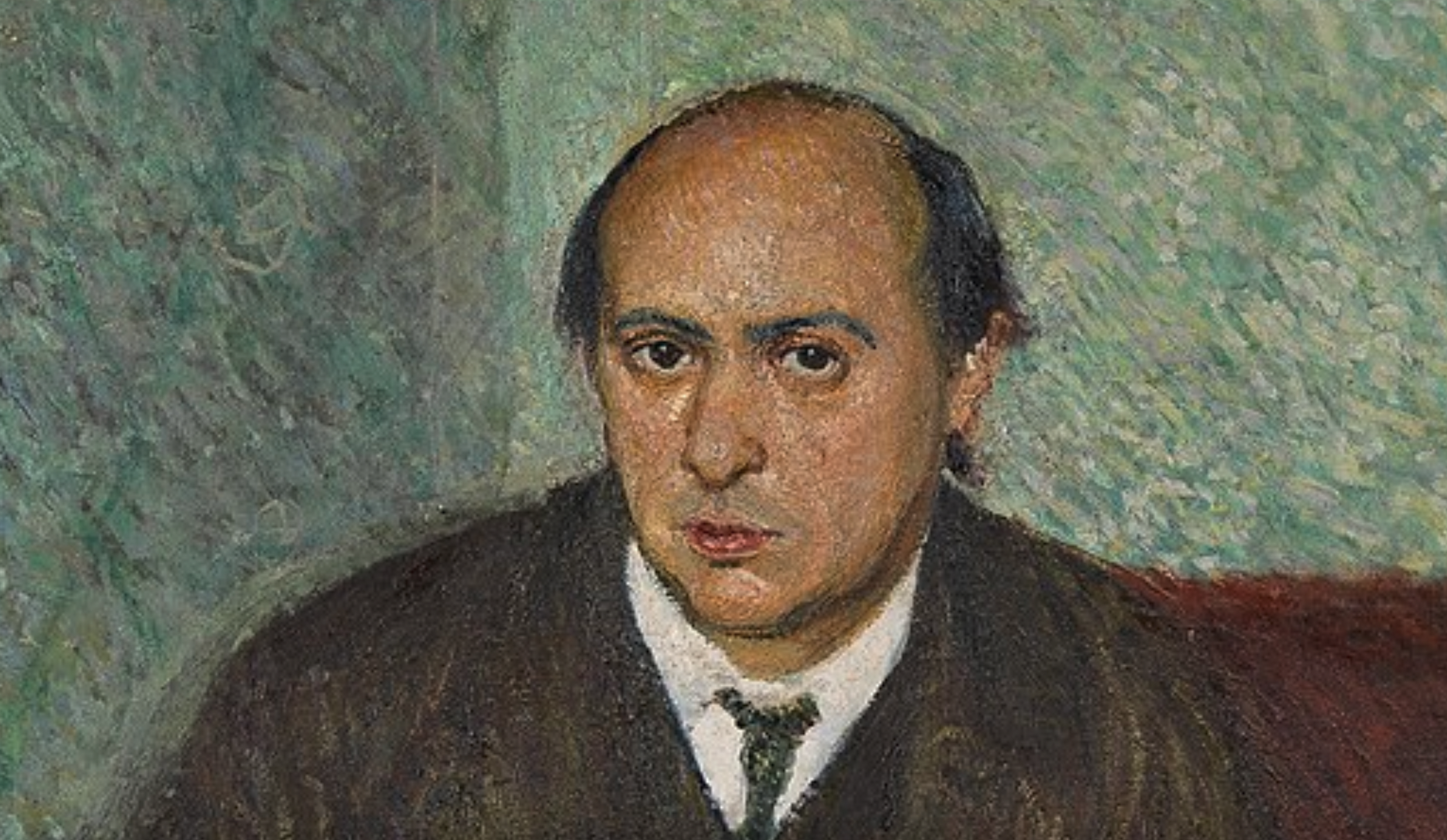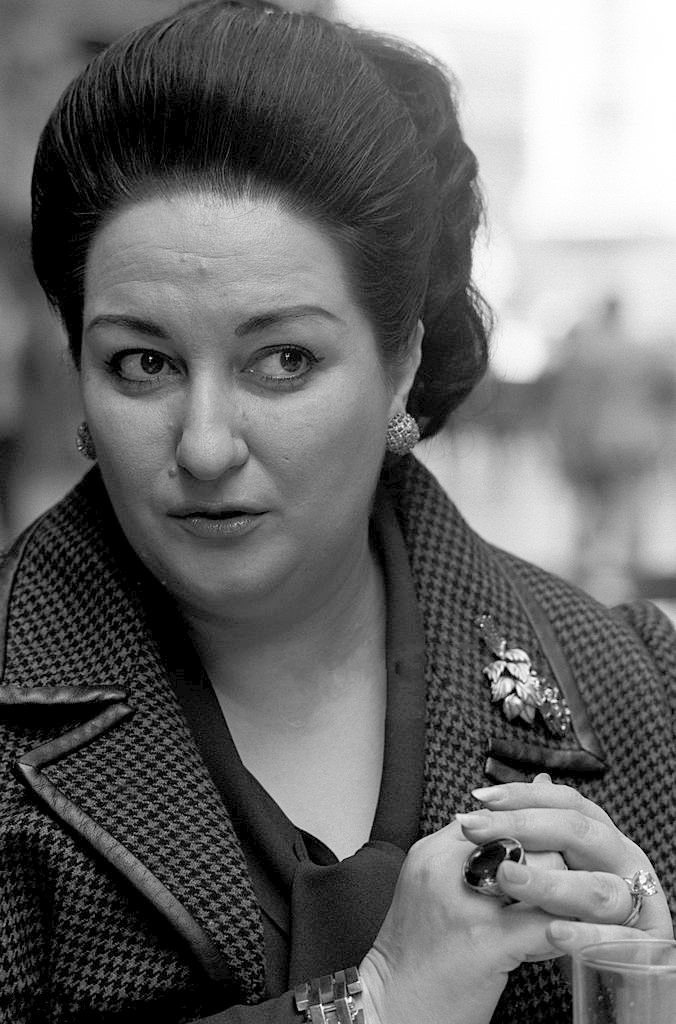02 January 2025
P.R. Jenkins
Spotlight Strauss Family: waltzes and polkas

Karajan loved the works of the Strauss family and conducted and recorded them throughout his entire career between 1930 and 1989 not only with the Vienna Philharmonic but also with “his” two other orchestras, the Berlin Philharmonic and the Philharmonia. Although a large number of these works are quite short (mainly the polkas and galopps) it is remarkable that Karajan conducted more different works by the Strausses than by Beethoven.
At the beginning of his very first engagement in Ulm, he conducted two waltzes by Johann Strauss II for the New Year’s Eve concert in J1930. It seems that Karajan – being not Viennese but Austrian – was regularly asked to conduct the Strauss family (this is Johann Strauss I, Johann Strauss II and Josef Strauss) in his German engagements in Ulm, Aachen and Berlin between 1930 and 1945. Some of his first ever recordings with the Berlin Philharmonic were Strauss waltzes (“Künstlerleben” in 1940, “Kaiserwalzer” in 1941 and the overture to “Der Zigeunerbaron” in 1942). Karajan’s biographer Peter Uehling preferred these recordings to those made shortly after World War II with the orchestra which is regarded as the authority for waltzes, the Vienna Philharmonic.
“The orchestral colour of the Berlin version is more detailed, the ‘effort’ that one can hear, the slight hesitation is a sentimental distance to the world this music comes from. The Viennese by contrast are enjoying themselves and are not willing to produce such a historic dimension.”
In the next decades, the Vienna Philharmonic played Strauss music in concert under Karajan’s baton when it represented the Viennese music and culture abroad. The world fair in Brussels in 1958, the so-called “World Tour” in 1959 and concerts in the Soviet Union in 1962 were terrific occasions for music making in three-four time. Karajan also recorded several works – preferably the spectacular shorter works – with the British Philharmonia Orchestra in 1955 and some of them again in 1960.

After his resignation as manager of the Vienna State Opera, Karajan concentrated on his position as a chief conductor of the Berlin Philharmonic. In 1966 and in 1969, he recorded 19 Strauss works including great waltzes and some of the shorter works with the Berliners aiming to prove that an orchestra doesn’t need to be Viennese to make stylish recordings of this music. Maybe that is why he was also in the mood to improvise on the “Donauwalzer” on the piano at the beginning of his conversation with Yehudi Menuhin – a film that was made in addition to their Mozart film in 1966. When Karajan stops playing with the remark that now they will switch to a “serious” rehearsal, Menuhin replies: “Oh, Strauss is just as serious!” Karajan goes on to say that he would like to talk about what Strauss and Menuhin have in common and Menuhin says: “Very little unfortunately…” but Karajan remarks that both are violinists and orchestra leaders (watch the film in the story about Menuhin).
This is a reference to Johann Strauss II, the most famous of the family. Famously, the “Waltz King” said about his brother Josef: “He is the more gifted of us, I’m the more popular.” And indeed, “the melancholy of Josef Strauss’s music and its exquisite craftmanship held a special fascination for Karajan (Richard Osborne).” Josef was greatly interested in Wagner’s music and used his orchestral techniques for the composition of waltzes and polkas. Some of them are among the most beautiful in this genre, for example “Sphärenklänge”, “Delirienwalzer” or “Dynamiden”. In the early 1980s, Karajan told Roger Vaughn: “I admire Josef Strauss for his waltzes but even more for the introductions to those waltzes. He was as gifted for introductions as Wagner. I recorded the ‘Delirienwalzer’ for the simple reason that I wanted to play it without the usual banalities.”
At that time, he had finished his second series of Strauss recordings with the Berlin Philharmonic. Although he conducted the “Zigeunerbaron” overture and “Sphärenklänge” at two New Year’s Eve concerts in Berlin in 1983 and 1985 he probably felt that this was the end of his engagement with the Strauss family in general.
But there was more to come. In 1986, Karajan got an invitation from the Vienna Philharmonic to conduct the 1987 New Year’s Concert with music of the Strauss family. It was the first invitation to another conductor than Willi Boskovski and Lorin Maazel since 1955. Today, it is customary for the concert to be in the hands of different conductors every year – an arrangement that started with Karajan. He was very glad, as he told his biographer Richard Osborne a year later:
HvK: It was a special occasion. It was a turning-point in my career.
RO: A turning-point?
HvK: Because l was very much in pain. Sometimes for nights on end l had no sleep. It was a really hard time. When l got the invitation, l said ‘Well, gladly l will accept.’ For three weeks I had nothing to do and l sat down and decided – l have recorded all these pieces before – to see if there was not something more behind the music. So for three weeks, six hours a day, l played the music. And suddenly l was changed in myself. When I came before the orchestra, I had nothing to explain. lt was just there. And from this time I knew I had to give up so many things – my sailing and so on – but the music came back to me a hundred times better.

Nevertheless, Karajan was extremely nervous before the concert and so was everyone else around him. The most experienced conductor in the world at that time was worried about his physical constitution and the fact that 700 million people all over the world be watching his performances live. “But it was the old thing with Karajan: put him before an orchestra and the moment the music sounded he was a changed man. (Osborne)” The concert film shows a relaxed Karajan, smiling little mishaps, enjoying the playing of the orchestra and the inspired Strauss music. Although it was a programme without “Novitäten (Novelties)”, i.e. pieces the Vienna Philharmonic hadn’t played before in concert, Karajan initiated some surprises. He invited a soprano (Kathleen Battle) to sing the “Fühlingsstimmenwalzer” and he suggested creating a ballet scene with the horses of the Vienna “Hofreitschule”. The “beliebte Annen-Polka” by Johann Strauss I was the only piece Karajan conducted for the first time in public. (Take a look at what Franz Welser-Möst said about this concert).
Karajan’s last encounter with Strauss music was his last visit to New York in February 1989. In two concerts at Carnegie Hall he conducted Schubert’s “Unfinished” in the first half and Strauss waltzes in the second.
— P.R. JenkinsPeter Uehling: “Karajan. Eine Biographie” Rowohlt, Reinbek bei Hamburg. 2006
Roger Vaughan: “Herbert von Karajan – A Biographical Portrait” Weidenfeld & Nicolson Limited, London. 1986
“Conversations with Karajan” Edited with an Introduction by Richard Osborne. Oxford University Press. 1989
Richard Osborne: “Karajan. A Life in Music” Chatto & Windus, London. 1998


